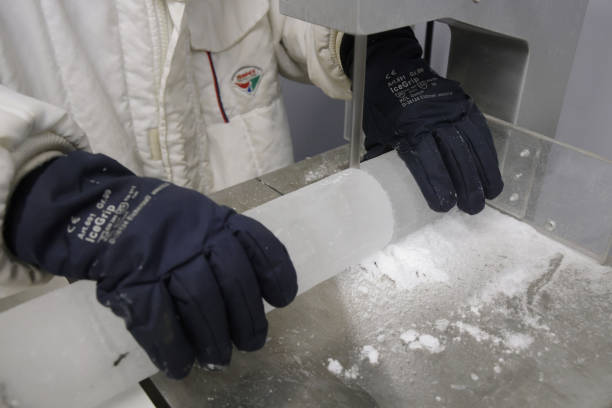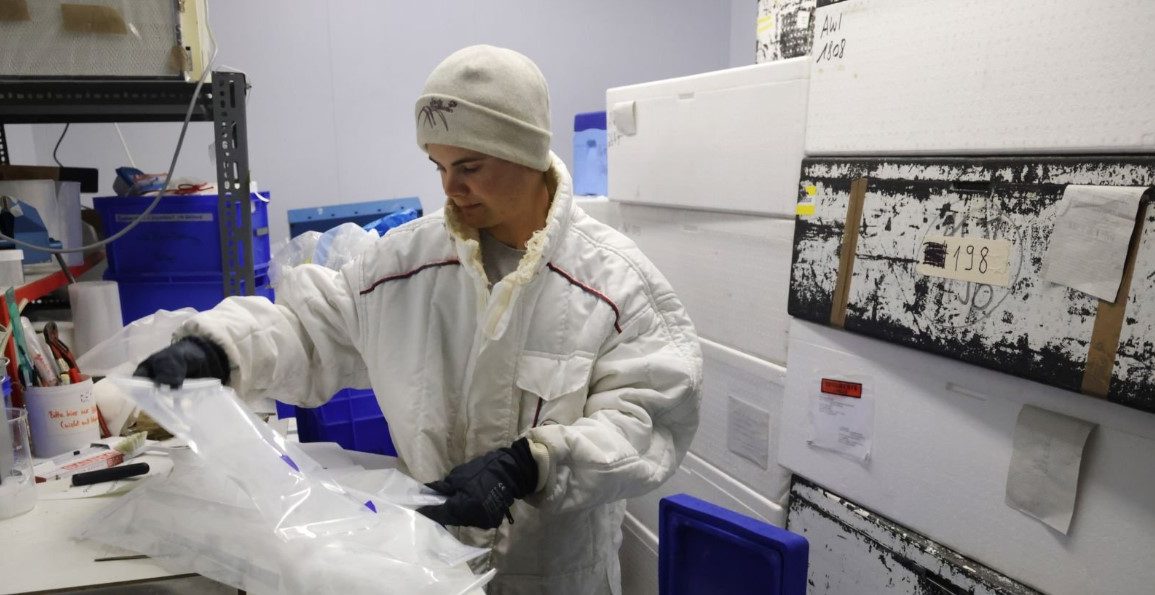A groundbreaking testing method utilizing synchrotron light could revolutionize the monitoring of remediation practices aimed at reducing selenium contamination from mining activities.
Selenium, while an essential nutrient in small amounts for humans and animals, can pose serious health risks at elevated levels, leading to neurological issues in humans and infertility in wildlife and livestock.
Mining operations often lead to selenium runoff into nearby soils and water bodies, where it can accumulate despite existing mitigation strategies such as manufactured wetlands and selenium-removing bacteria.
Heather Shrimpton, a postdoctoral fellow at the University of Waterloo, emphasizes the importance of developing techniques that minimize the adverse environmental impacts of mining, stating, “We can’t just rely 100% on recycled materials yet.”
Historically, there has been no reliable method to determine whether selenium would permanently dissipate due to remediation efforts or if it would continue to leach into nearby ecosystems.

Shrimpton and her team have discovered that analyzing selenium isotopes—variants of the same element with differing atomic masses—can reveal the effectiveness of remediation strategies.
Changes in these isotopes indicate whether selenium is being permanently removed from water systems.
In their study published in Environmental Science and Technology, Shrimpton and her colleagues successfully replicated a remediation method involving sulfur-reducing bacteria, which trap selenium in solid form.
Utilizing the Canadian Light Source at the University of Saskatchewan, they confirmed that specific sulfur additions could prevent selenium from re-entering liquid environments.
This technique was validated in the lab, and Shrimpton plans to apply it in real-world mining sites and expand investigations to include other hazardous mining pollutants like mercury.
“This technique can help ensure cleanup systems are effective and identify areas needing improvement,” Shrimpton asserts.

